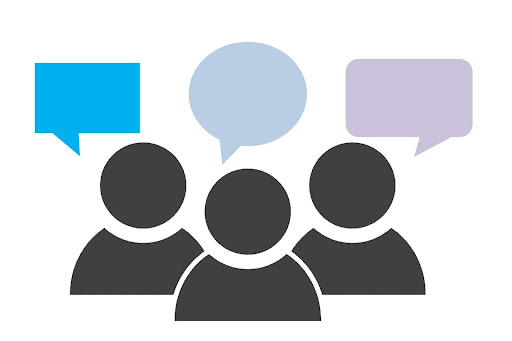Microsoft Teams is a cloud-based team collaboration platform in the Microsoft 365 application package. You can consult with Microsoft Teams specialists to find out how to best leverage common uses for Microsoft Teams for your business or group. Microsoft Teams’ key functions include business messaging, calling, video meetings, and file sharing. Teams can be used by any business to promote communication and engagement among employees in a broad workforce or within small teams to complete projects faster and decrease back-and-forth email threads.
Teams is a workplace communications program that facilitates real-time content creation and sharing among local and distant employees using various devices (desktop computers, laptops, tablets, and smartphones). Microsoft business apps such as Exchange, PowerPoint, and SharePoint are compatible with Microsoft Teams.
Here Are the Most Common Ways You Can Use Microsoft Teams
Microsoft Teams is available on Android, iOS, macOS, and Windows devices and platforms. Compatibility exists with the platform and the web browsers Chrome, Firefox, Safari, and Microsoft Edge. So, it leaves no one out of this amazing platform. Microsoft also offers Microsoft Teams for free. However, it’s not part of Microsoft’s corporate application package. Paid editions of Teams have more features and interactions with other Microsoft programs, so it’s best to consult with a Microsoft Teams Consultant for the best package.
A Modern Way of Messaging
Microsoft Teams is a chat-based collaborative workspace with groups and individual messaging, as well as threaded and company-wide chats. Upgrade a group or one-on-one chat to a voice or video call. Just like other messaging systems, users can include emoticons and GIFs (Graphics Interchange Format) for more engaging conversations.
No Physical Phone Required
One of the best communication features that Microsoft Teams offers is that it eliminates the clunkiness of a physical phone. If you want to make a phone call to someone in your organization, you can use the Teams app and toggle the call button, which is accomplished using cloud-based telephony. This technology proves very useful when employees within an enterprise are remote or widely dispersed within a state, country, or even internationally. No limitations exist to who you call except those limitations put in place by your parent company or Microsoft Teams administrators.
Schedule Video Meetings with Anyone Around the World
Users can hold virtual (or video) meetings in addition to audio-only calls. People used video conferencing to communicate remotely during the COVID-19 epidemic and when they were working from home. Users can select from various customized virtual backgrounds, record meetings, send text messages, and share files, links, and documents while in a meeting.
Screen-Share Your Information
As the name implies, “screen sharing” allows users to share their desktop screens, including files, in real-time during Teams conversations or video meetings. The biggest advantage is that you can show someone exactly what you’re talking about rather than just telling them about it. This can avoid misunderstandings and confusion when discussing complex topics or plans.
Outlook Email Integration
Microsoft Teams is integrated with Microsoft Outlook email, which allows users to manage their workweek, meetings, and other daily obligations. Another one of our common uses for Microsoft Teams. The Outlook and Teams calendars together connect to help you meet deadlines and other important time-sensitive tasks.
File Sharing & Sharepoint Storage
Remote teams can use this document management functionality to save, distribute, and update files within Teams. Another common use for Microsoft Teams, users can collaborate on the same document in real-time within the platform. Commonly shared files include Word documents, Excel spreadsheets, PowerPoint presentations, and many others. Every Microsoft Teams workplace will have a site in SharePoint Online with a default document library folder. All files shared across all discussions save to this folder automatically.
Host Live Webinars for Your Team or Clients
Microsoft Teams can host interactive meetings and webinars with up to 1,000 participants. Live reactions and host moderation tools to disable participants’ conversation, audio, and video are among the features. In a view-only broadcast, a team webinar can accommodate 10,000 individuals. With webinar capability, this tool can help improve your communications, company-wide meetings, and even training sessions. Online meetings can be attended by anyone, both inside and outside of a company. This feature includes a scheduling tool, note-taking software, file uploading, and chat messaging in meetings.









